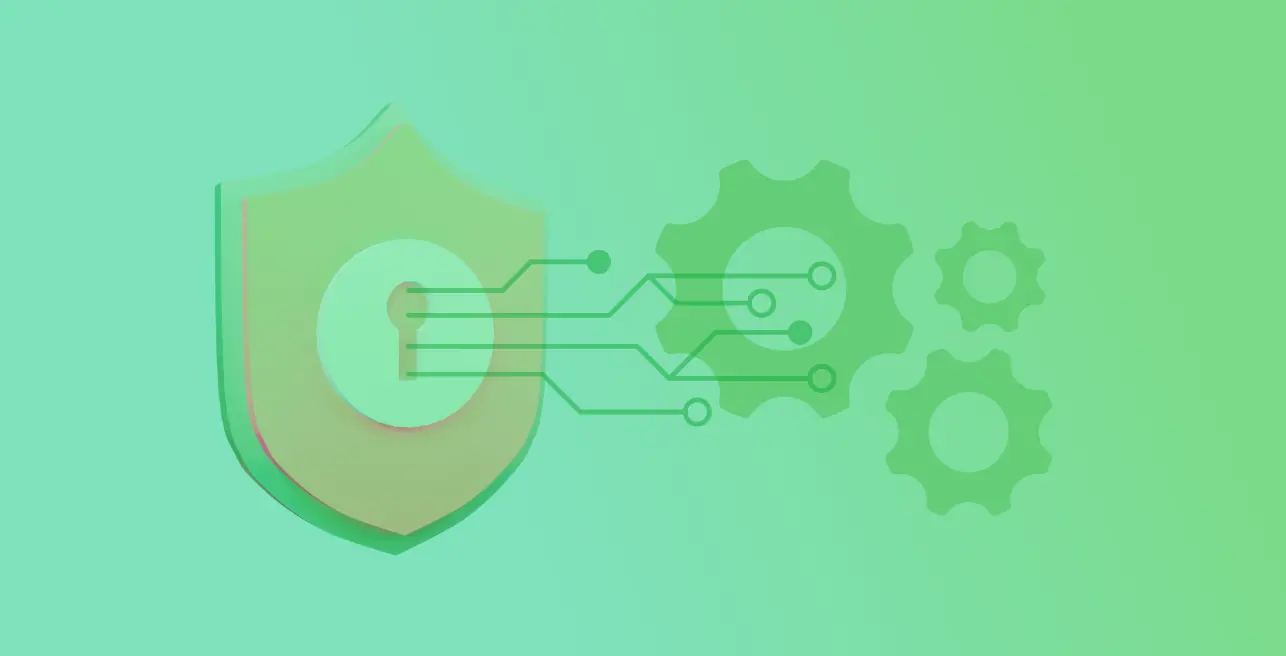![How much does penetration testing cost? [2025] How much does penetration testing cost? [2025]](https://beaglesecurity.com/blog/images/penetration-testing-cost-840.webp)
Think your systems are secure? So did hundreds of companies,until a single overlooked vulnerability cost them millions.
In a world where cyberattacks strike every 39 seconds, waiting to get hacked is no longer an option.
Enter penetration testing - the ethical way to break into your own systems before a real attacker does. But here comes the real question, “how much does it actually cost for a pen test?”
This blog guides you through the real numbers behind the cost of penetration testing in 2025.
Types of penetration testing and their costs
Cost of penetration testing varies significantly based on the type of scope being tested.
| Scope | Cost |
|---|---|
| Web application penetration test | $5,000 - $30,000 |
| Mobile application penetration test | $12,000 - $35,000 |
| API penetration test | $5,000 - $30,000 |
| Cloud penetration test | $10,000 - $50,000 |
| Network penetration test | $7,000 - $25,000 |
| IoT penetration test | $10,000 - $40,000 |
Web application penetration testing cost
Attackers typically target web applications. These tests look for problems in authentication, XSS, and SQL injection. Input validation, session management are also checked in web application testing. OWASP Top 10 vulnerabilities are usually within the scope of these tests.
It verifies that the program does not leak sensitive user information and is compliant with secure coding standards. It costs $5,000 to $30,000 based on app complexity, user roles, input fields, and number of webpages.
Mobile application penetration testing cost
These tests focus on Android and iOS platforms, covering security flaws like data leakage, insecure APIs, and reverse engineering risks. They also examine local data storage, transport security, and interaction with device features.
This testing is usually aligned with the OWASP Top 10 for mobile applications which addresses risks such as insecure data storage, insufficient cryptography, and improper session handling.
The goal is to ensure mobile apps do not become a gateway for broader network attacks or user data compromise. The expected pay is between $12,000 and $35,000.
API penetration testing cost
APIs are an exchange data gateway and usually go unnoticed. These tests determine problems such as hijacked object level authorization, data leakage, and incorrect rate limiting. API security testing also ensures correct input sanitization and token or key usage.
Secure API communication is essential to protect backend infrastructure. API testing usually ranges from $5,000 to $30,000 depending on the endpoints and authentication levels.
Cloud penetration testing cost
Cloud environments introduce unique vulnerabilities such as misconfigured storage or access controls. Testing includes evaluating cloud-specific configurations, IAM policies, encryption settings, and multi-tenant risks.
It ensures proper isolation between cloud assets and compliance with best practices for cloud security. Providers like AWS, Azure, and GCP each require tailored assessment techniques. These tests cost around $10,000 to $50,000, varying with provider complexity (AWS, Azure, GCP).
Network penetration testing cost
This test evaluates internal and external network infrastructures for flaws in firewalls, routers, and segmentation. It simulates real-world attacks to uncover vulnerabilities like open ports, weak credentials, and outdated protocols.
Network testing helps determine whether internal threats or misconfigurations could lead to lateral movement. It also assesses exposure to external attacks from the internet. It usually falls between $7,000 to $25,000.
IoT penetration testing cost
IoT Penetration Testing Cost IoT testing is one of the most complex and expensive, involving firmware analysis, hardware access, and protocol testing. It examines how connected devices interact with apps, networks, and cloud services.
The goal is to prevent manipulation, unauthorized access, or exploitation through weak IoT interfaces. Testing often includes side-channel attacks, firmware reverse engineering, and secure boot validation. Costs range from $10,000 to $40,000.
Penetration testing costs based on testing methodology
Cost of pen tests based on testing methodology
| Methodology | Description | Estimated cost range |
|---|---|---|
| Black box | No internal knowledge of real-world attack | $5,000 - $50,000 |
| White box | Full access, detailed and time-intensive | $7,000 - $25,000 |
| Grey box | Limited information about the system | $10,000 - $35,000 |
Black box testing
Black box testing simulates a real attack where the tester hasn’t preconceived any knowledge about the system. It shows how good your defenses are against an external attacker.
It’s best for testing the efficacy of externally facing security controls such as firewalls, authentication mechanisms, and public interfaces. While it is the most time efficient, it will not show deeply embedded problems without insider knowledge.
Grey box testing
Grey box testing gives the tester some knowledge about the system, e.g., passwords or structural information. This test strikes a balance between realism and completeness, typically revealing more hidden vulnerabilities.
This is particularly suited to emulate insider threats or APTs that have gained some degree of access. This test allows the tester to focus on critical paths while being more effective than fully open white box testing.
White box testing
White box testing provides the tester with the greatest visibility into source code, architecture, and documentation. It’s the most comprehensive method, revealing surface and deeply embedded vulnerabilities.
The method allows for code-level security analysis, logic flaw detection, and full test coverage of the application. Although resource-hungry, it provides the most detailed output and is widely used in high-risk domains like finance or healthcare.
Cost of penetration testing based on the region
Penetration testing rates vary by region due to labor and operational costs.
Below is a regional breakdown of average costs in 2025.
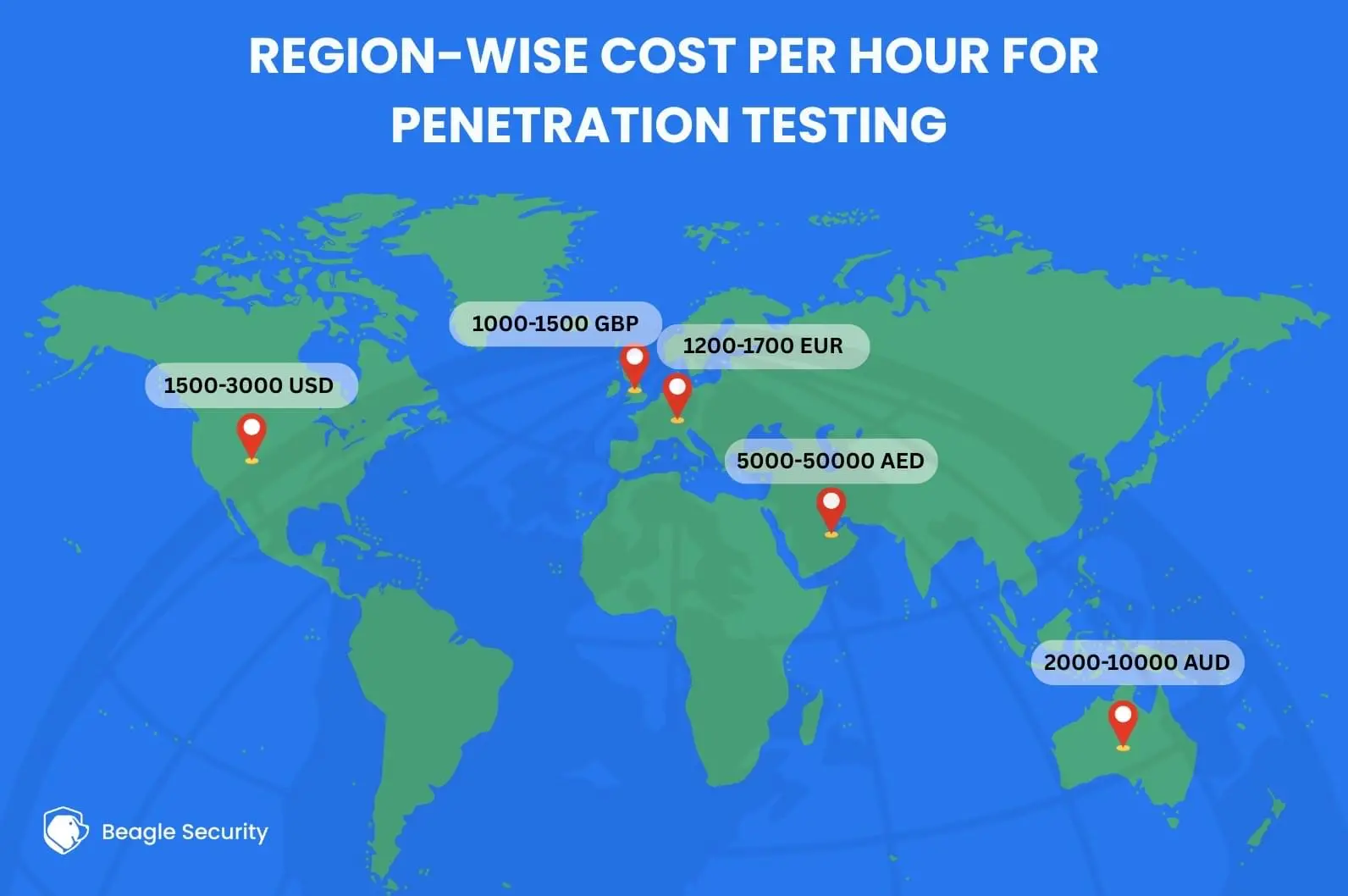
Factors affecting penetration testing costs
The amount that you pay for pen testing is determined by several factors.
Scope & complexity: A significant factor in pricing is the system’s or application’s overall size and complexity. More time and resources to assess are required for larger systems with multiple entry points, interconnected components, and complex workflows increasing the cost.
Methodology used: The cost is greatly influenced by the testing strategy, whether it is black box, grey box, or white box. White box testing offers complete visibility and is the most comprehensive and costly because of its intricate scope, whereas black box testing mimics real-world threats and necessitates discovery activities. Grey box testing offers some internal insights to expedite testing.
Experience of the tester: Not every penetration tester has the same level of expertise. Hiring licensed professionals with a track record of success or working with respectable security companies guarantees superior reporting, cutting-edge testing methods, and more in-depth vulnerability insights.Thereby more the experience implies more the cost.
Compliance & industry requirements: Additional measures may be required to comply with compliance frameworks like HIPAA, PCI-DSS, or ISO 27001 if your company works in a regulated field. These requirements often necessitate specific types of tests, documentation and reporting formats which can raise the cost.
Type of asset: The type of asset being tested, such as an IoT device, web application, API, or cloud infrastructure, influences the testing process and the necessary tools. For example, hardware modification may be required for IoT testing, and protocol-specific scripts may be required for APIs, which can affect both cost and time.
Timeline & urgency: The cost is affected drastically if your company requires the penetration testing to be done urgently or as soon as possible. Rush projects frequently result in a higher price tag since the provider must assign more resources or give your assessment priority over others.
Retesting & remediation: To ensure that fixes are applied appropriately, retesting is crucial after original vulnerabilities have been fixed.Some vendors may charge extra charge for this, especially when multiple follow ups are required.
With threats changing hourly in today’s rapid-fire digital landscape, AI powered pen testing is fast emerging as the smarter , quicker, and more scalable option. Unlike traditional time-consuming approaches, AI-powered pen testing is always on, always adjusting, and detecting threats before they become a breach with increased accuracy and speed.
Looking for a shift from traditional to AI powered pen testing?
Then the best way to start could be with Beagle Security, an AI-powered pen testing platform that helps businesses of all sizes simulate real-world attacks and uncover vulnerabilities faster than ever.
Beagle Security uses AI to automate traditionally time-consuming penetration tests and produce results in an avg. of 72 hours. Its intelligence is built on hundreds of actual attack patterns allowing it to analyze even complex environments such as modern web applications, REST APIs, and GraphQL endpoints with high accuracy.
Why Beagle Security?
AI-powered testing: Automatically simulates realistic attack scenarios based on application behavior and logic.
Continuous testing: Schedule tests weekly, or on every deployment to keep your security posture current.
OWASP Top 10 & business logic testing: Detects common and advanced vulnerabilities, including those related to logic flaws.
Compliance-ready reports: Instantly generate audit-ready reports for GDPR, HIPAA, PCI-DSS, and ISO 27001.
CI/CD integration: Plug Beagle directly into your devops pipeline and collaboration tools like Jira, Slack, GitHub, and GitLab.
No installation required: 100% cloud-based with no setup hassles ideal for remote and distributed teams.
While the average cost of traditional pen tests is about $5,000 to $40,000 around the world, Beagle Security offers its pen tests at affordable prices and can be considered as a scalable alternative.
With plans starting as low as $119/month, Beagle Security delivers continuous, automated testing without compromising on accuracy.
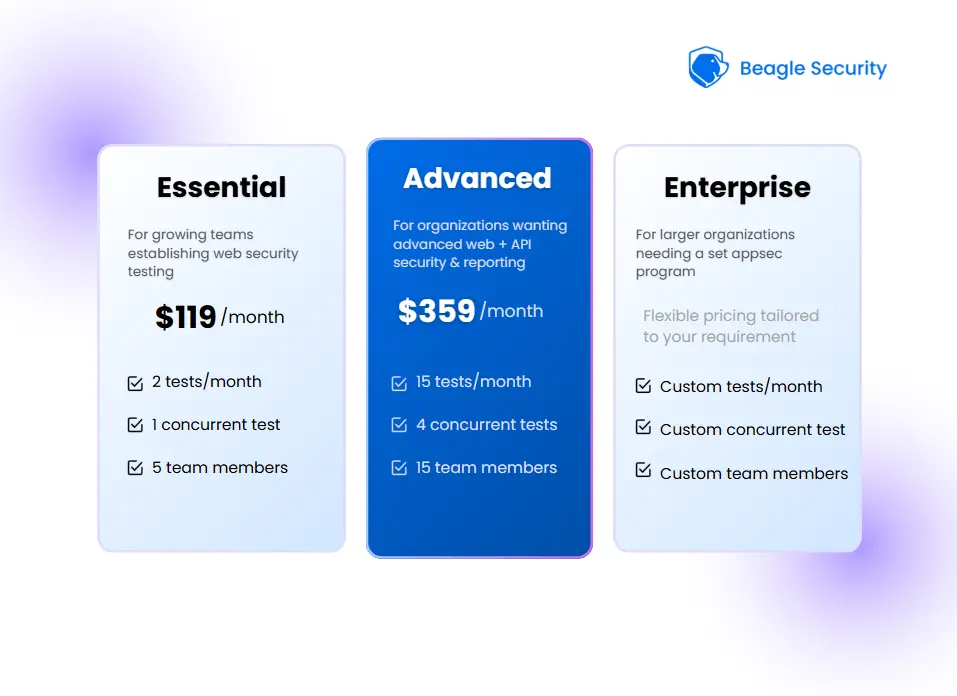
Conclusion
The cost of penetration testing varies depending on a number of dynamic elements, including the type of test, scope, geographical pricing, and the tester’s level of experience. A carefully planned and carried out penetration test can identify vulnerabilities before attackers exploit them. Thus saving your business from potentially severe breaches.
Investing in penetration testing safeguards your company’s reputation, consumer trust, and business continuity in addition to compliance. Security evaluations should be conducted periodically and should be considered as an essential company expenditure rather than a discretionary expense.
As the market evolves, knowing exactly what you’re paying for and why will enable you to make more informed, strategic security decisions. There are penetration testing solutions tailored to your needs and budget irrespective of the fact whether you’re a small business, testing a single application or an enterprise evaluating complex infrastructure.
It’s always advisable to speak with a reputable cybersecurity company for customized rates or assistance selecting which test is best for your particular setting. They can guide you toward the most efficient approach, ensure that compliance requirements are met and help you stay one step ahead of attackers.
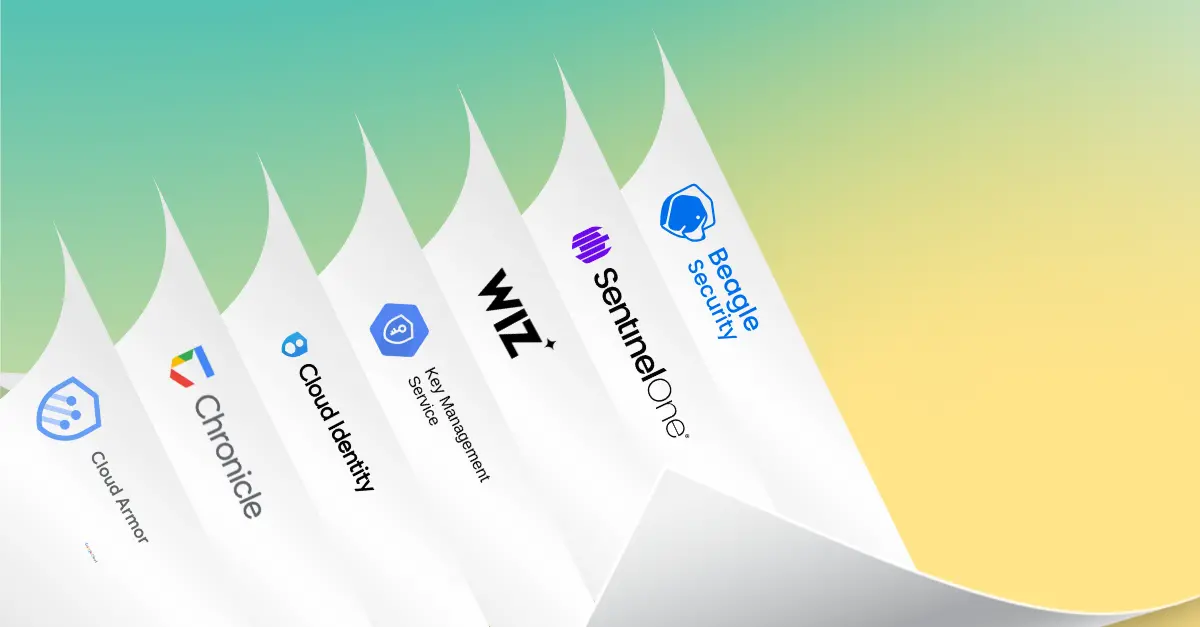
![Top AWS security tools by category [2025] Top AWS security tools by category [2025]](https://beaglesecurity.com/blog/images/top-aws-security-tools-by-category-840.webp)
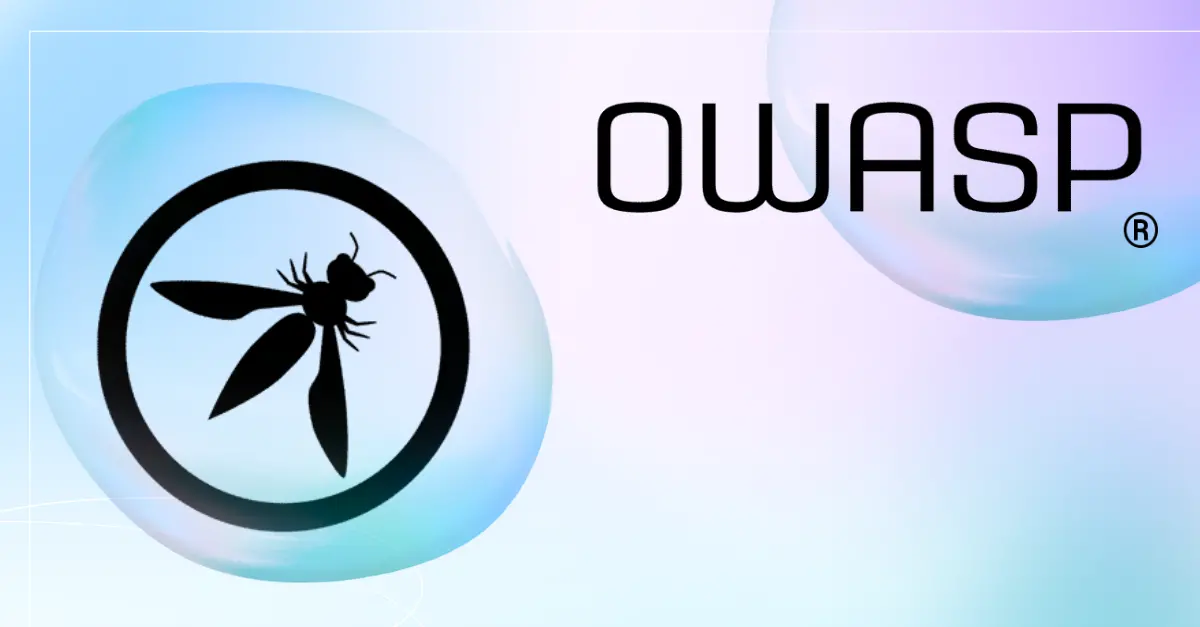
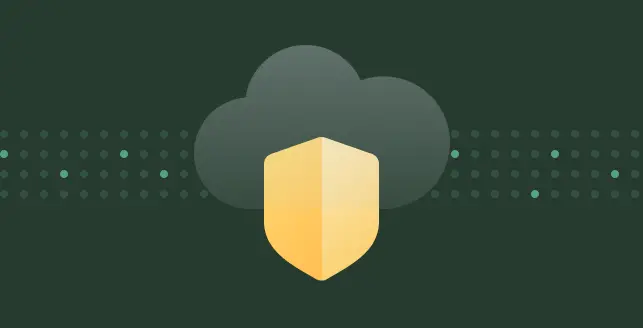
![Top AppCheck alternatives [2025] Top AppCheck alternatives [2025]](https://beaglesecurity.com/blog/images/top-appcheck-alternatives-840.webp)
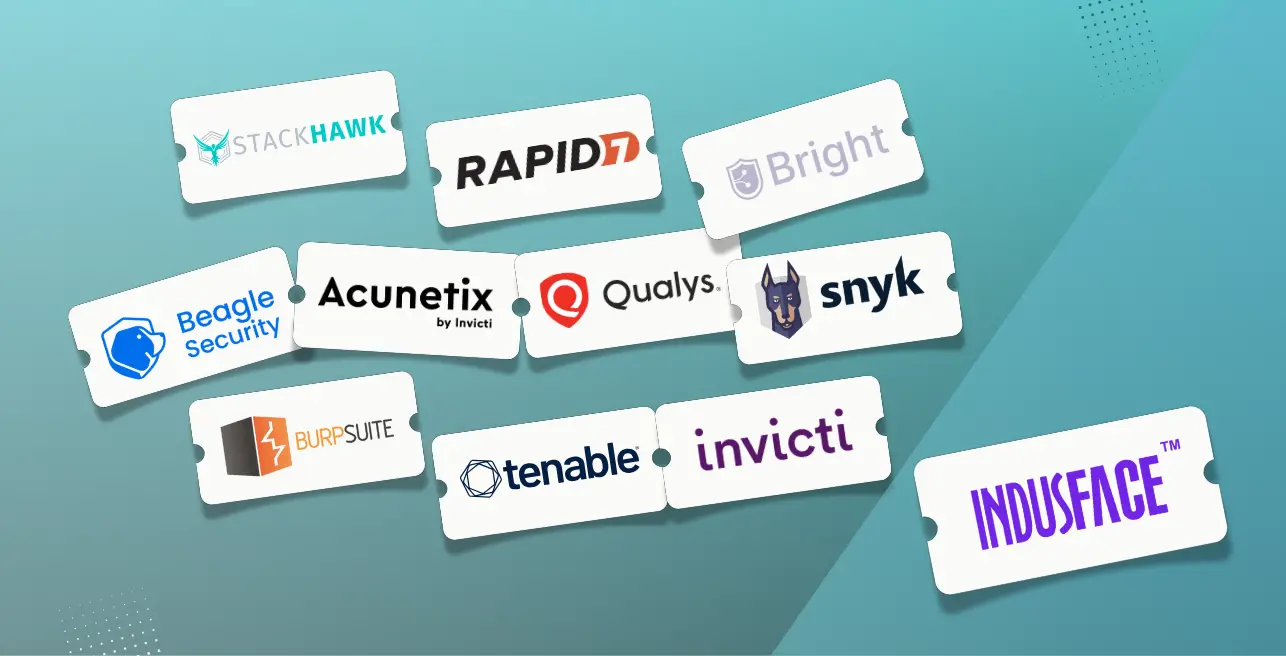
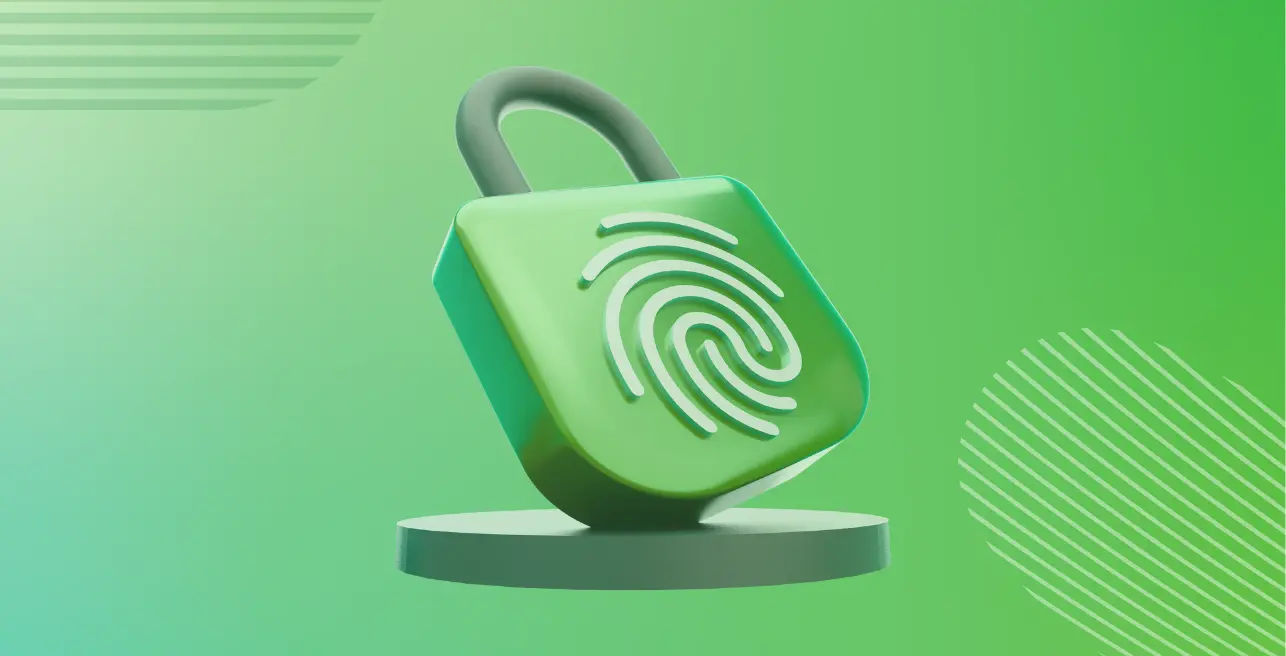




![Top cyber security companies in Canada [2025] Top cyber security companies in Canada [2025]](https://beaglesecurity.com/blog/images/top-cyber-security-companies-in-canada-840.webp)


